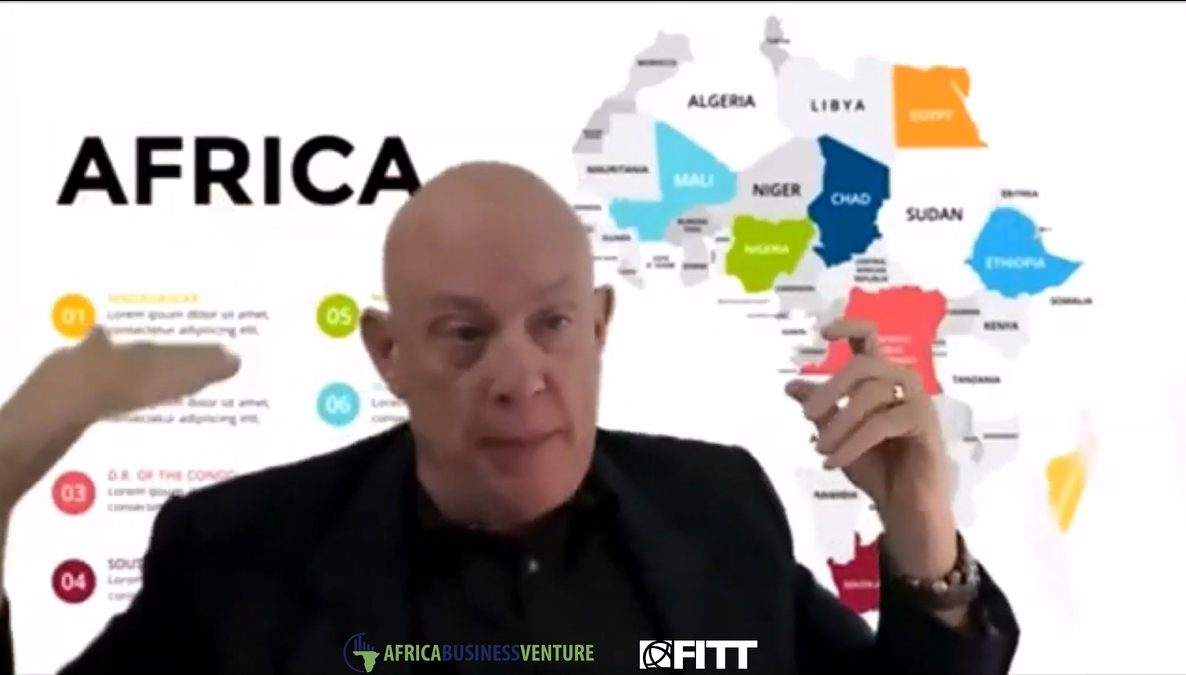 While some markets may offer fewer risks or greater opportunities than others, any new market is going to have its own unique characteristics that will affect your chances for success.
While some markets may offer fewer risks or greater opportunities than others, any new market is going to have its own unique characteristics that will affect your chances for success.
When it comes to exporting services, even the smallest of details can make a major difference. For those businesses willing to put in the time and effort to customize some of these details for global customers, the benefits can lead to huge returns in the long run.
With this in mind, here’s some advice from the case studies from the FITTskills Products and Services for a Global Market course that will help lead you towards the results you want.
1. See what potential new customers want – and give it to them
You may have refined your service offerings over the course of several years in your domestic market, but once you move internationally, it’s almost like you’re starting the process over from scratch. It’s important not to waste time, money and effort promoting a feature of your service that your new customers may not want or deem important. At the same time, ask yourself if there are aspects of your service that new customers may value more than your current client base. Are there ‘easy to add’ additions your new market will love?
The only way to find out is market research. What are your potential competitors doing, and how can you learn from them?
Talk to potential customers however possible – focus groups, surveys, response forms, etc. – to get the feedback you need to customize your offerings.
The results may lead to a simple tweak, such as emphasizing one benefit seen to be more valuable than another, or something larger, like adding or subtracting from your service offerings. Whatever it may be, if it will draw new customers without overextending your time or money, it will be a worthwhile endeavour.
2. Speak their language – both literally and figuratively
As we’ve discussed in other articles, translation can be a vital step towards attracting customers. This includes your website and any other marketing or written material.
Equally important is having the staff capacity to speak the local language. Whether your service is offered in-person, remotely by individuals, or otherwise, customers will likely want to interact with a person at some point, even if only for customer service. Do you already have staff capable of speaking fluently to new customers, or will you need to make some new hires to ensure those competencies are met?
Beyond language, there are also entire fields of specialized professional vocabulary, idioms, and cultural references to consider.
Does the language in your new market already have pre-determined words to describe everything you do, or will you be required to find new terms or ways of translating?
If the latter, you may want to consult multiple translators, as well as locals, to ensure your meaning won’t be lost.
Are there any references or phrases that may not make sense to customers in your new market because of cultural differences? It can be hard enough to avoid such confusion even within the same language: after all, if a person from Liverpool tells you to “get the brolly from the boot”, do you know what they’re asking for?
If a reference to snow, cold or winter won’t make as much sense to a customer in a warmer climate, find something else that will fit. Instead of using a stock image with the New York or Toronto skyline in the background, find one with local landmarks people will recognize, and may even see out their windows or during their commute. Once you’re in that mindset, finding other ways to tailor language and references to new customers will come easily.
3. Don’t get on the wrong side of the law
Whether you’ll have people locally on the ground or not, there’s a host of legal questions to consider. These range from privacy, anti-spam and IP laws to rental or service agreements, competition laws, labour laws and travel regulations.
If you’re big enough to have a legal team, putting them to work is a good start. If not, you may want to consult legal help to guide you through each issue.
Beyond that, speaking with other companies who have successfully entered that market or with trade advisors who assist companies with market entry issues on a regular basis are also productive approaches.
When in doubt, it’s often best to err on the side of caution and speak to a lawyer or government official to see if any changes may need to be made.
4. You won’t know how much you love it until it’s gone
Think about the last time you had a free trial for something – maybe it was Netflix, a gym membership, a new software or an extra feature to a service. Did you let it go when the free trial ended? Or did you pay to keep it?
If you’re in the latter camp, you’re far from alone. With that in mind, consider if that may be a strategy you can afford to try with your service exports.
While not an option for every business, giving customers a free trial can be a helpful way to introduce your offerings to them, get them used to your services, and reveal how beneficial they can be to their everyday lives.
Once they have access to a new service, it’s common for people to pay to keep what they already have, rather than allowing them to end.
The trick is to time the free trial to maximize your ROI – run it too long, and customers will become accustomed to not having to pay for your service, and then value it accordingly. The end of the trial then feels more like a price increase, and many customers will balk at paying for it. If you don’t run it long enough, customers may not be adequately attached to your service to pay for it. A 30-day trial is common, but it’s up to you to find that happy balance.
If you already have one service in a market and want to introduce another, bundling your new service for free with the existing one for a limited time can be an effective variant on that strategy. This strategy is often successful because you are offering a new service to customers who already have an established relationship with your company, and are therefore more likely to have an interest in your new offering.
Go the extra mile to make your customers happy
Any steps that can be taken to customize your service export offerings for international markets could have a major impact. When customers see what they want presented in a way they’re familiar with, they’ll be more likely to warm up to your brand and take the next step in their customer journey. Before too long, those little changes will add up to big results, and you’ll be glad you took the time to make them!







disqus comments